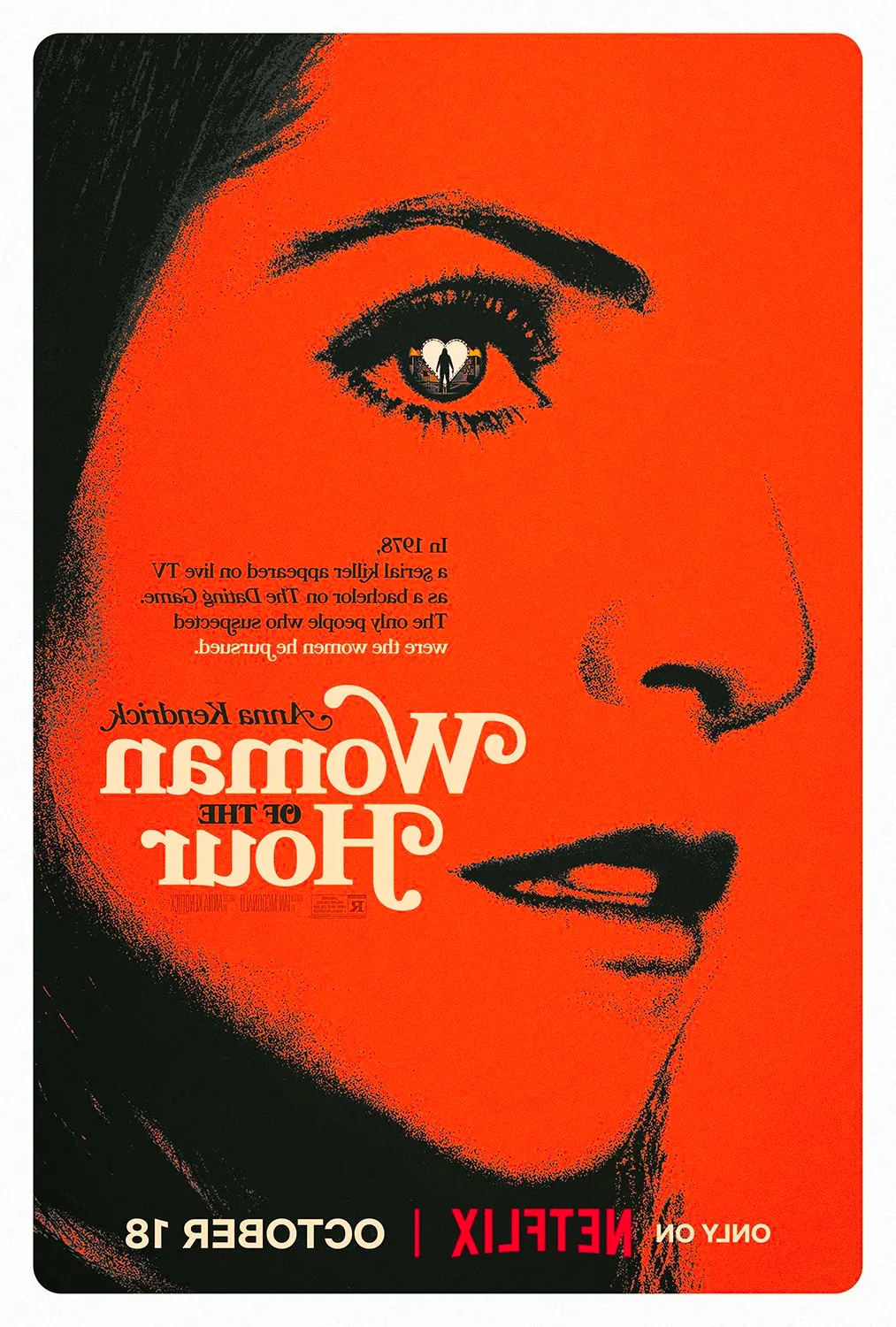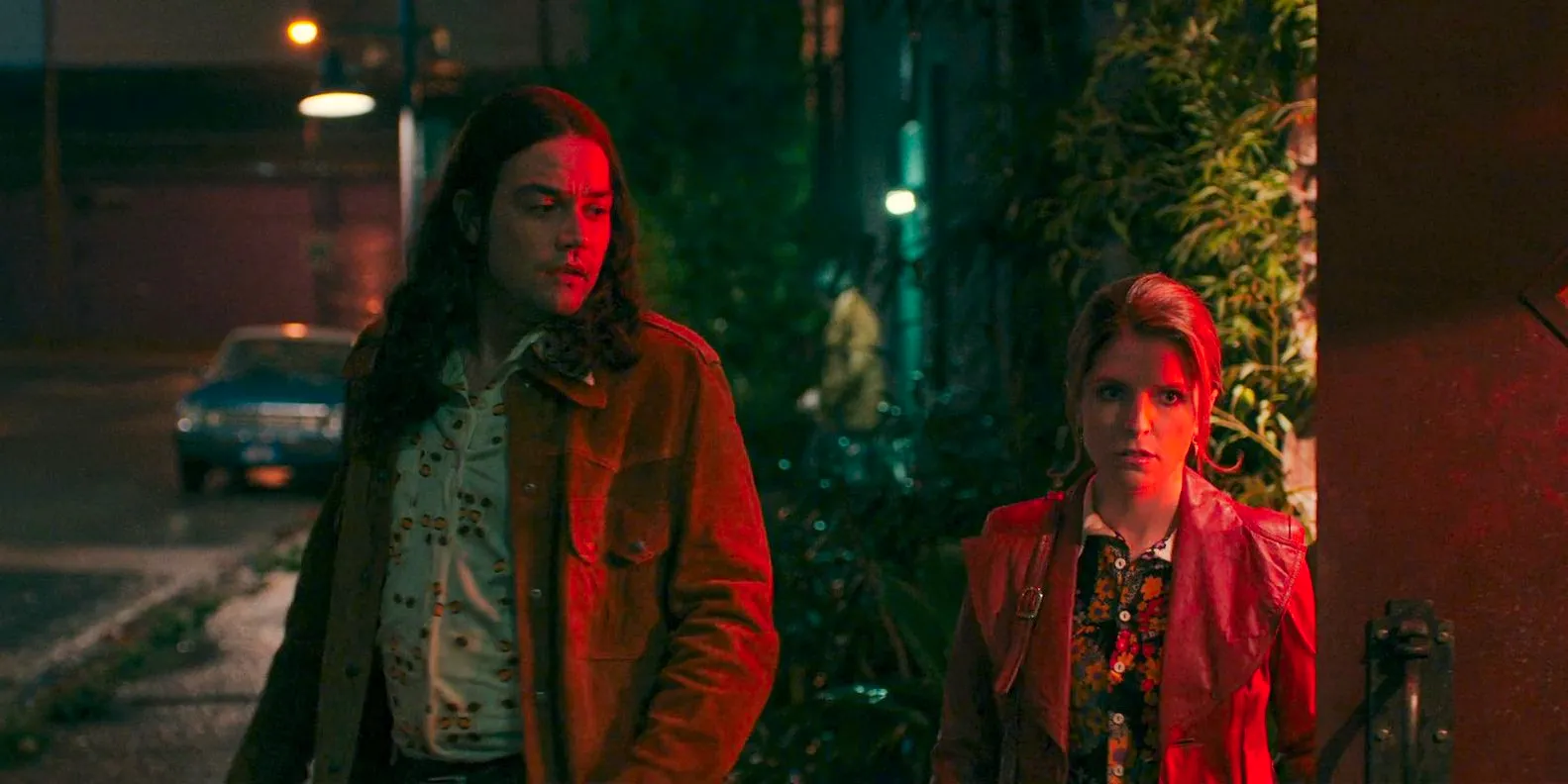Woman of the Hour: What Netflix Missed About The Dating Game Killer!
Anna Kendrick's Woman of the Hour: A True Crime Thriller That Leaves Out Key Details!
Anna Kendrick's directorial debut, Woman of the Hour, on Netflix, focuses on the chilling true story of Rodney Alcala (Daniel Zovatto), the infamous "Dating Game Killer," and his near-fatal encounter with Cheryl Bradshaw (Anna Kendrick). It takes his infamous appearance on The Dating Game (1978), which ultimately led to Alcala's capture, and adds an intense, suspenseful narrative with some seriously dark undercurrents. However, the film's compelling thriller arc skips several incredibly key and disturbing aspects that are really, really important in understanding that real-life case; leaving those fans entirely unsatisfied in the portrayal of several victims. This begs the question; why are those important aspects absent and what truly happened with this prolific, violent serial killer?
Woman of the Hour emphasizes how Cheryl Bradshaw's intuition saved her from a potential date with death. Yet, by only selecting some facts, and those most thrilling details only, the movie downplays other crucial aspects of the actual Rodney Alcala story. Here are some massive aspects missing from that Netflix production, which also reveals what really made Alcala such an insidious and dangerous person, what made his crimes even more terrible!
7 Disturbing Facts Woman of the Hour Left Out: The Full Story of Rodney Alcala
6. The Tali Shapiro Assault: A Near-Fatal Escape
Tali Shapiro (1968) was an 8-year-old girl who narrowly escaped death, and it wasn't actually her final near-death experience. She was beaten and sexually assaulted by Alcala, luring her using a trick about knowing her parents who were then living in Los Angeles’s famous Chateau Marmont. This terrifying event was only stopped by neighbors! The attack itself involved the violent use of a steel bar; which nearly caused a traumatic fatality that only failed due to the existence of a neighbor who called for assistance immediately after recognizing the highly unusual actions that had begun.
Shapiro's recovery took 32 days after going into a coma. Alcala escaped after doing this. This incredibly horrific incident is crucial, highlighting Alcala's propensity to violence from an incredibly young age; but is completely omitted in Woman of the Hour!
5. The FBI’s Most Wanted List: A Trail of Terror Across the States

Years before The Dating Game appearance, Alcala was on the FBI’s Most Wanted list! That’s an incredibly significant detail and highly noteworthy in the entire development, following that incredibly terrifying murder of Cornelia Crilley (1971), the 23-year-old flight attendant. Alcala escaped to New Hampshire, where he worked as a camp counselor! Two campers recognized Alcala based on an FBI poster, making for one incredibly simple, unlikely catch. This wasn’t actually enough to get the required results in solving other cases.
This first arrest made Alcala a registered sex offender, adding additional and extremely troubling insight to Alcala's later criminal trajectory that involved other instances which is noted throughout other sources mentioned here.
4. The Hillside Strangler Interrogation: A Near Miss for Justice

After Alcala fled, he found work in California; most notably working in The Los Angeles Times and during his period as an employee in this location. In 1978, Alcala was interviewed as part of the investigation regarding the notorious Hillside Stranglers—yet investigators deemed he wasn’t involved; and only resulting in his arrest related to mere marijuana possession; completely avoiding scrutiny for far worse offenses! That lack of action highlights massive weaknesses in investigative protocols during this period which Woman of the Hour mostly glosses over.
3. Alcala's Education and Genius-Level IQ: A Master of Deception
Woman of the Hour mentions Alcala's studies with Roman Polanski at New York University. But it skips Alcala’s early achievements! He graduated from Cantwell High School in 1961, showing traits of high academic skill and achievement in this initial period and demonstrates how a skilled individual could evade investigation in that specific time. A near-genius IQ of 135 helped him dodge justice for so long. He actually went to UCLA; obtaining his bachelor’s in theater; combining all this talent with later developed serious psychological issues–it shows how dangerous intelligence and severe mental instability combine into those incredibly difficult people who may appear outwardly capable, intelligent and yet totally inhuman and with dangerous motives. This particular element, his high IQ is important for providing crucial insights to explaining that prolonged success in evading police efforts that failed until much later!
2. Alcala's Rampage Continues After Monique Hoyt's Escape: More Victims Await
Woman of the Hour shows Monique Hoyt’s (the actual person portrayed as “Amy”) escape and she reported the incident; that’s why Alcala got arrested; yet it entirely fails to fully grasp those additional incidents. He had several victims, far beyond the scope that Netflix decided to display.
That event didn’t entirely end this nightmare, as Alcala’s mother actually paid bail, letting him go free once again; ultimately culminating in more killings. It showcases several instances: his final arrest in that final incident where those details ultimately helped catch him– ultimately showcasing how several factors were needed to entirely apprehend such an elusive and capable criminal. Woman of the Hour fails to include much of that horrific string of later attacks.
1. The Convoluted Trials and Sentences: Justice Delayed (But Eventually Served)
Alcala’s trials and subsequent sentencing was far more involved and dramatic than what was ever portrayed in Woman of the Hour, that intense narrative spanning several trials and overturns after appeals! It involves death sentences overturned due to juror error– even ending in a situation which includes a later death sentence in California which failed only due to that important element – New York abolishing capital punishment! That complicated series of events demonstrates exactly how lengthy, complex these judicial proceedings could be for extremely severe cases. The story never ceases to remain gripping.
Conclusion: Woman of the Hour's Creative Choices Impact Storytelling!
Woman of the Hour made a powerful story based upon Rodney Alcala's true crime saga. The storytelling focuses primarily on its most dramatic and thriller elements, focusing primarily on Bradshaw's experience, ultimately creating an interesting, yet critically incomplete story arc that really could've benefitted with additional historical context surrounding the perpetrator’s own life! But those incredibly disturbing omissions; highlighting Alcala's continued actions after Hoyt’s escape—and those key trial complexities— highlight exactly just why a broader investigation would better explain this horrific series of events and the far-reaching impacts these heinous acts had in the wider community.
Focusing only on some key plot aspects might improve thriller aspects but simultaneously underwhelms audiences hoping to actually learn a full and deeper understanding of that case’s actual severity! The creative decisions emphasize those intense emotions; and by omitting many other facts from Alcala’s actual criminal history; creates an interesting but ultimately frustrating and incomplete story that lacks historical depth which makes this interesting viewing, although lacking critical contextual depth for people looking into this topic more thoroughly.



